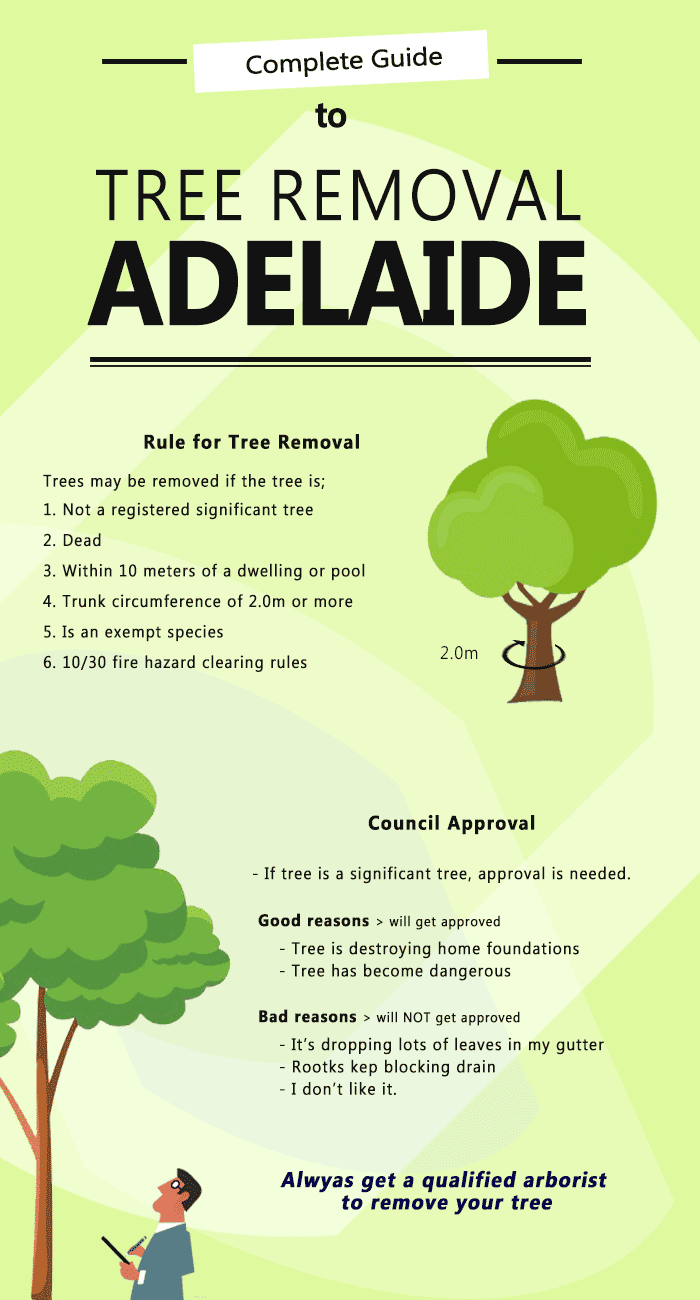Post-Tree Elimination Maintenance Is Important For Recovering Your Landscape; Discover Vital Steps To Revitalize Your Area And Stay Clear Of Prospective Issues
Post-Tree Elimination Maintenance Is Important For Recovering Your Landscape; Discover Vital Steps To Revitalize Your Area And Stay Clear Of Prospective Issues
Blog Article
Material Written By-Berman Chambers
After a tree's removal, your landscape might look quite various, and it's necessary to assess the after-effects meticulously. You'll wish to review the soil disturbance and check bordering plants for any type of indicators of anxiety. Neglecting these elements can lead to bigger problems down the line. So, what should you perform with those stumps and roots? And just how do you choose the best plants for your rejuvenated space? Let's explore When To Prune Trees .
Analyzing the Results: Reviewing Your Landscape
After a tree removal, it's critical to evaluate your landscape to understand the effect it carries your lawn.
Begin by analyzing the area where the tree stood. Seek signs of dirt disturbance, and examine the surrounding plants for any kind of stress and anxiety or damages.
You must also take note of just how the elimination has actually transformed sunlight exposure and airflow in your garden. This change can impact the growth of close-by plants, so it's necessary to evaluate their health.
Think about the visual elements also; the removal could develop an open space that you can redesign.
Lastly, think of any type of possible erosion concerns that might develop from the tree's absence. Dealing with these elements early will assist recover equilibrium to your landscape.
Dealing With Stumps and Roots: Choices for Removal
When you have actually evaluated the after-effects of the tree elimination, you'll likely require to deal with the stump and origins left.
You have a couple of options for elimination. One effective approach is stump grinding, where a specialist uses a maker to grind the stump to below ground level. This strategy leaves marginal disturbance to your landscape.
If you choose a DIY approach, you can utilize a combination of digging and chemical stump removers. Just keep in mind, this process can take time and initiative.
Alternatively, take into consideration leaving the stump as a natural feature, which can work as a special yard aspect or environment for wild animals.
Whatever you pick, resolving the stump and origins is essential for restoring your landscape.
Choosing the Right Plant Kingdoms for Your New Area
As you assess your newly gotten rid of room, choosing the right plants can significantly enhance your landscape's appeal and performance.
Beginning by considering the sunshine and soil conditions. For warm areas, opt for drought-resistant plants like lavender or succulents. In shaded spots, ferns and hostas thrive well.
Consider the size and growth habits of your plants; mix perennials and annuals for seasonal selection. Don't fail to remember to include indigenous species; they require much less upkeep and assistance regional wild animals.
Team plants in strange numbers for a much more natural appearance and develop layers for aesthetic deepness.
Finally, guarantee you have a mix of shades and textures to keep your landscape lively throughout the seasons.
Happy growing!
Verdict
To conclude, restoring your landscape after tree removal is a rewarding procedure. By assessing the aftermath, attending to stumps and roots, and choosing the right plants, you'll create a successful setting. Tree Stump Removal Near Me fail to remember to integrate erosion control steps to safeguard your soil. With a little effort and treatment, you can transform your space right into a lively yard that improves your residential or commercial property. Welcome the possibility to invigorate your landscape and delight in the elegance of nature right in your yard!
